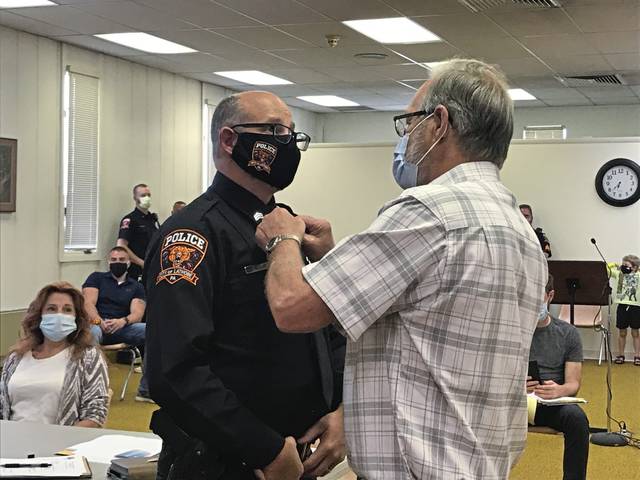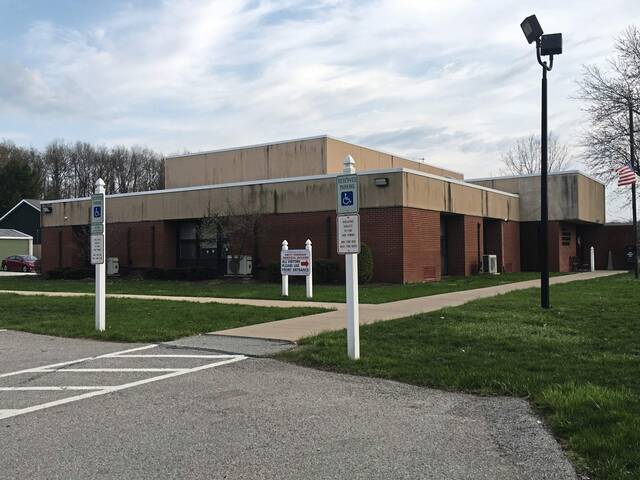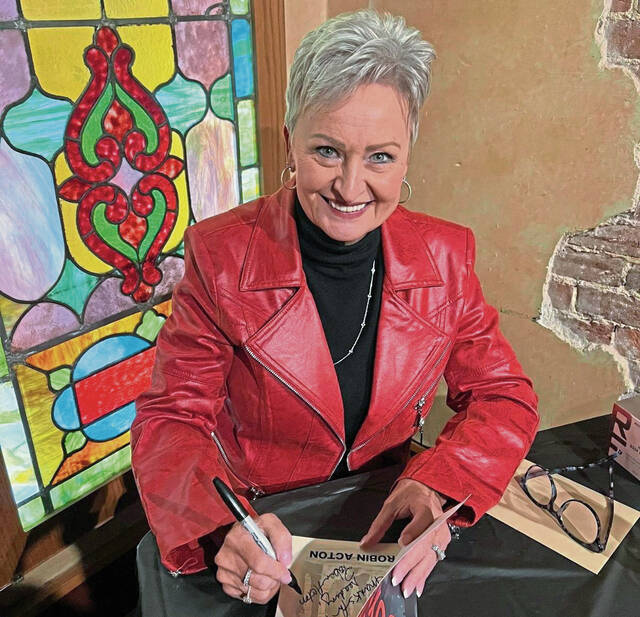Latrobe Council members have had the choice of attending their meetings in person or via a remote online connection during the past several months of the coronavirus pandemic.
Whether, or how, that policy should continue once the health crisis is over has divided council as it considers a proposed ordinance on the issue.
Contributing to social distancing among those seated on the council dais, members Jim Kelley and Ralph Jenko have regularly participated remotely in recent meetings through the GoToMeeting web-hosted service.
Kelley, virtually in attendance at this week’s council agenda session, spoke enthusiastically about the remote meeting capability.
“We’re on the brink of modern technology, and I would rather see us be a leader than a follower,” Kelley said. “This has a lot of broad applications for the future.”
Solicitor John Greiner pointed out that allowing council members to join a meeting from home, by a phone call or online link, could provide the flexibility needed to attain a quorum if a vote is required on short notice.
City Manager Michael Gray agreed that the ordinance would “broaden our ability to have some of these meetings.”
Councilmen Eric Bartels and Robert Forish both voiced opposition to allowing members to participate remotely as a routine matter, outside of emergency circumstances or an illness.
“I’m philosophically opposed to it,” Bartels said. “I’m not a fan of having these meetings remotely outside of the emergency we’re in now. My thoughts are we should all be present.”
Barring a medical concern, Christine Weller said she’d also prefer fellow council members to be physically present for meetings.
Mayor Rosie Wolford, who was not at the agenda meeting, later said she would like to limit remote participation to three meetings per year for each council member.
On a technical level, Bartels said, it’s sometimes difficult for those attending in council chambers to clearly hear the words of others who are speaking via the remote link.
“I think we have a lot of miscommunication,” he said.
Kelley acknowledged that he, conversely, found it a challenge to understand some of his fellow council members seated in the chambers. But, he said, the sound quality has improved as the city staff has tweaked the technology.
There was a minimal cost for extending Wi-Fi service from administrative offices to the chambers, Gray said. A loaned computer was a step up from a laptop that had been used early on to virtually link remote meeting participants.
Gray said he would like to install a permanent computer station and monitor in the chambers. Purchase of more elaborate video conferencing equipment would have to be budgeted in advance, he said.
All council members seem to agree that providing citizens the ability to also join the meetings remotely from home was a good idea, attracting new audience members who had never attended a council session in person.
Under current pandemic guidelines, attendance in council chambers is limited to 25, including city officials and audience members.
Jenko asked whether additional city boards, such as the planning commission, would also be able to meet by remote connection, according to language in the proposed ordinance.
Greiner said the term “city staff” might be interpreted to apply to such appointed panels.
“We should clarify that, whether it does include them or not,” he said.
Murrysville is among other area municipalities that adopted remote meeting procedures in response to the pandemic, but council returned to in-person sessions in mid-summer.
“I think council members prefer being in the building for their meeting,” said James Morrison, Murrysville’s chief administrator. “We’re following the governor’s (pandemic) guidelines. The officials are still wearing masks at the meetings.”
While citizens were able to link remotely to the virtual meetings, Morrison noted Murrysville residents have long been used to viewing council sessions from home — through broadcasts on a local cable TV channel or streaming on the municipal website.
Meeting strategies have varied among Allegheny County municipalities.
“Some communities continue to meet virtually, others have managed to conduct meetings on-site utilizing creative distancing measures,” said Jason Davidek, executive director of the Allegheny League of Municipalities. “Others have leveraged outdoor facilities when prudent.”
State lawmakers set the stage for virtual public meetings with the passage of Act 15 in April. Among its provisions, it eliminated the requirement for physical attendance at meetings while Gov. Tom Wolf’s pandemic-related emergency declaration remains in effect. Remote attendance is to be achieved using authorized devices that allow two-way communication.








